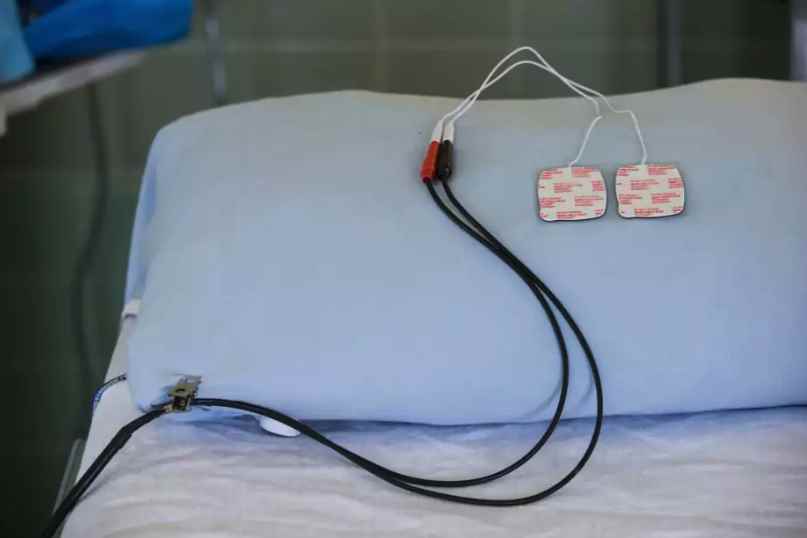Posted at 1:00 p.m.
As psychiatrists and researchers at the CHUM, we read with interest the article published in The Press on May 7 about electroconvulsive therapy (ECT)1. We therefore allow ourselves to contribute to the debate.
From the outset, it seems necessary to mention that we deeply believe that this type of speaking out on the part of people with lived experience of mental health disorders is essential to advancing understanding and treatments for these conditions. ECT, invented nearly 85 years ago, has undergone significant development over the past four decades and still sometimes remains the last hope for some people suffering from severe mental disorders. As confirmed by a large number of scientific studies, ECT is now safer, generally well tolerated, and has proven to be a very effective therapy in cases of severe refractory depression.
Certain statistics presented in the article also seem to us to need to be better contextualized. In particular, it is expected that ECTs will be administered more to older people given the natural evolution of major depression, which can become more complicated with age (longer, more severe and more refractory episodes over time). In addition, we can expect a certain overrepresentation of women in ECT, since twice as many of them suffer from depression as men, regardless of culture.2
Although the cognitive disorders induced by this treatment resolve in the vast majority of cases3 and that many individuals even see their memory improving4we understand the concerns generated by ECT.
Note also the stigma still associated with this type of intervention, which adds to the heavy burden already borne by people living with a mental health disorder.
We believe that one of the most effective ways to respect the autonomy and preferences of these people is to continue to develop new treatment options for intractable depression.
In a specialized center like the CHUM (where we do not offer ECT), transcranial magnetic stimulation (TMS) has been offered for about 15 years. It is an effective, non-invasive, safe treatment with little or no side effects, requiring no anesthesia and causing no adverse cognitive effects (on the contrary, several studies support the pro- cognition of MSD). Although the TMS has existed for 25 years, it is still unknown to the general public. Our vagus nerve stimulation program (essentially a pacemaker for depression) may be a solution for patients who have responded well to ECT but have subsequently relapsed. Finally, psychedelics such as ketamine and psilocybin represent another potential therapeutic axis still under study.
Combined with existing psychotherapeutic approaches and medication, all recognized as effective, treatment possibilities are finally expanding.
It is important to de-stigmatize mental health disorders and the treatments associated with them. If society embraces this openly stated desire that it wants the best for people living with mental health issues, then their concerns must be listened to carefully and their perspectives respected.
Although certain nuances seem necessary with regard to the information presented in the media on ECT, the research effort must continue in order to reduce the side effects of current therapies and increase their effectiveness, while diversifying the intervention options, respecting the preferences and autonomy of the people who benefit from them.
*Jean-Philippe Miron is a psychiatrist and researcher at the CHUM, assistant clinical professor in the department of psychiatry and addictology of the faculty of medicine of the University of Montreal; Paul Lesperance is a psychiatrist and researcher at the CHUM, full professor in the department of psychiatry and addictology of the faculty of medicine of the University of Montreal; Didier Jutras-Aswad is a psychiatrist and researcher and head of the department of psychiatry at the CHUM, associate professor in the department of psychiatry and addictology of the faculty of medicine of the University of Montreal.
